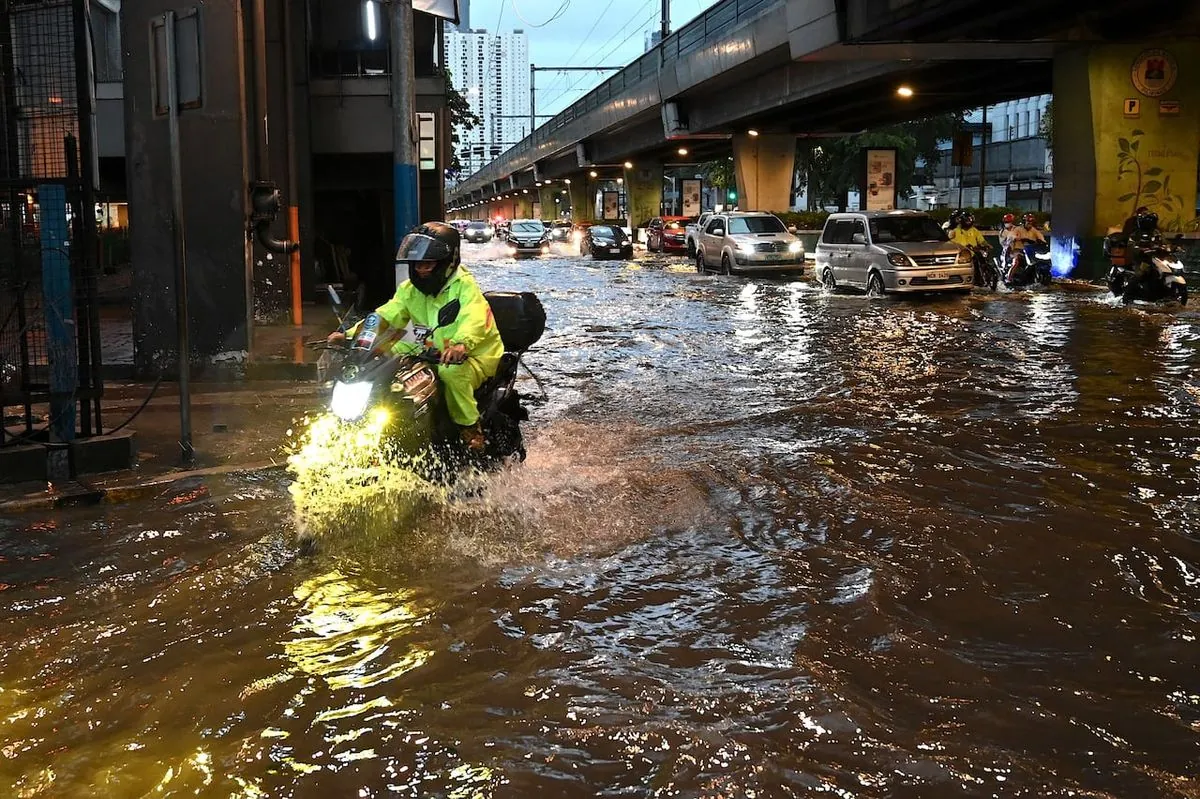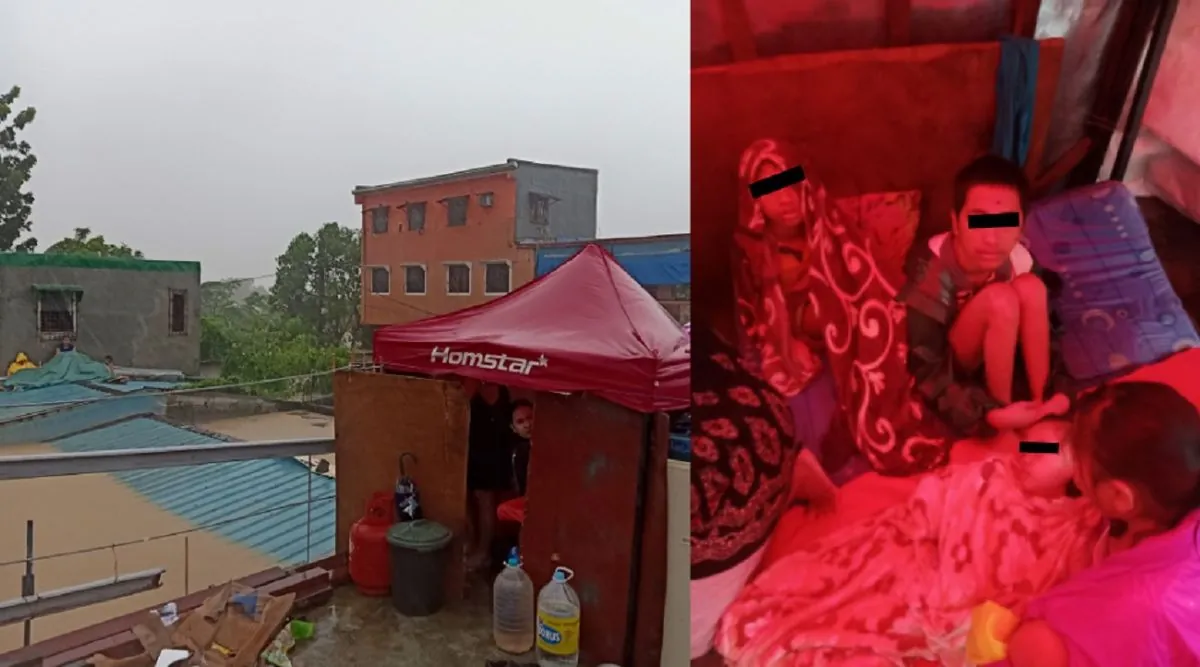Tropical Storm Yagi Claims 7 Lives in Philippines Amid Floods and Landslide
Tropical storm Yagi caused deadly floods and a landslide in the Philippines, resulting in seven fatalities. The storm brought heavy rainfall and strong winds, leading to widespread flooding and the suspension of government activities.

Tropical storm Yagi, locally known as Enteng, has caused significant disruption and loss of life in the Philippines. The storm, which brought heavy rainfall and strong winds to the country's largest and most populous island, Luzon, has resulted in seven fatalities due to flooding and a landslide.
In Antipolo, a city east of Manila, a tragic landslide claimed the lives of three individuals, including two schoolboys and a 27-year-old pregnant woman. Relly Bernardo, the city's disaster management chief, stated:
"This is a landslide-prone area and we have been encouraging them to leave for the longest time with offers of housing in other locations."
[[Relly Bernardo, Antipolo's disaster management chief]]
The Philippines, an archipelagic nation comprising approximately 7,641 islands, is particularly vulnerable to natural disasters due to its geographical location and topography. Situated within the Pacific Ring of Fire, the country experiences frequent seismic and volcanic activity, in addition to an average of 20 tropical cyclones annually.
Four additional fatalities occurred in separate drowning incidents in Rizal province, where Antipolo is located. The heavy rainfall caused extensive flooding in streets and homes, prompting authorities to suspend government work and classes.
Yagi's impact was severe, with wind speeds reaching up to 85 kph (53 mph) and gusts of 105 kph (65 mph). The storm's intensity led to dangerous flooding conditions in some areas. Gloria Nicolas, a resident of Rizal province, described the situation:
"The water was gushing here and on the other side of our street, the water was rising close to the rooftop of houses. Some residents got trapped and had to escape by passing through the roofs of houses."

The Philippines' tropical maritime climate, characterized by high temperatures and humidity, contributes to the formation and intensification of storms like Yagi. The country's wet season, which typically occurs from June to November, often brings an increased risk of flooding and landslides.
Climate change is expected to exacerbate these weather-related challenges, potentially increasing the intensity and frequency of tropical storms in the region. As one of the world's most disaster-prone countries, the Philippines has been focusing on improving its disaster risk reduction and management strategies.
The Philippine Atmospheric, Geophysical and Astronomical Services Administration (PAGASA) plays a crucial role in monitoring and naming local storms, providing vital information to help communities prepare for and respond to severe weather events.
As the Philippines continues to grapple with the aftermath of Tropical Storm Yagi, the incident serves as a stark reminder of the ongoing need for effective disaster preparedness and response measures in this vulnerable archipelagic nation.


































